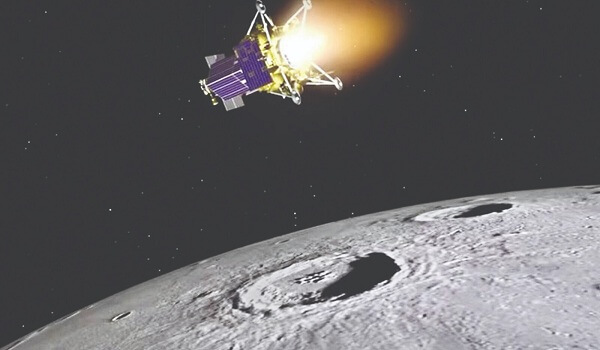A new study appears to show that the moon is about 40 million years older than previously thought. This finding, based on lunar dust collected in 1972 as part of the Apollo 17 mission, has implications for our understanding of the solar system’s history.Apollo 17, for now, is the last human expedition to the moon making astronauts Eugene Cernan and Harrison Schmitt the last men to walk on the moon.
Key Highlights of the Study
Lunar Age Reevaluation
- The study reveals that the Moon is around 40 million years older than the previous estimate of 4.425 billion years.
- Its formation is now believed to date back around 4.46 billion years, aligning it closely with the early history of our solar system.
Atom Probe Tomography (APT)
- The researchers employed a cutting-edge technique called APT to analyze lunar samples at a nanoscale level.
- APT allowed for a more precise examination of lead clustering in zircon crystals, which in turn aided in dating the Moon’s age.
Role of Zircon Crystals
- The scientists reanalyzed crystals from lunar sample 72255, which was known to contain 4.2 billion-year-old zircon.
- Zircon is the oldest mineral known to exist on Earth and, as such, geologists say, it holds vital information about planetary formation, including the Moon’s creation.
Giant Impact Hypothesis
- The findings support the giant impact hypothesis, suggesting that a huge object called Theia, possibly the size of Mars, collided with Earth during its formation, leading to the Moon’s creation.
- The study aligns with the theory of a Lunar Magma Ocean, explaining the Moon’s internal composition.
Earth-Moon Age Comparison
- The Earth is estimated to be between 4.5 and 4.6 billion years old. That makes the moon only a fraction younger, at 4.46 billion years old.
- This comparison contributes to a deeper understanding of the early history of our solar system and the Earth-moon relationship.
Zircon Dating
- Zircon incorporates uranium at the time it crystallizes, which over time decays to lead. By using a very sensitive measuring device the amounts of uranium and lead in zircon can be determined.
- It is then a simple calculation to determine how much time has passed as the lead formed from the uranium decay.

